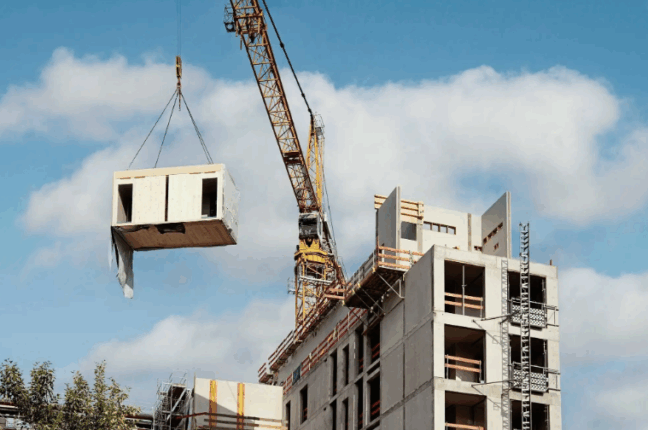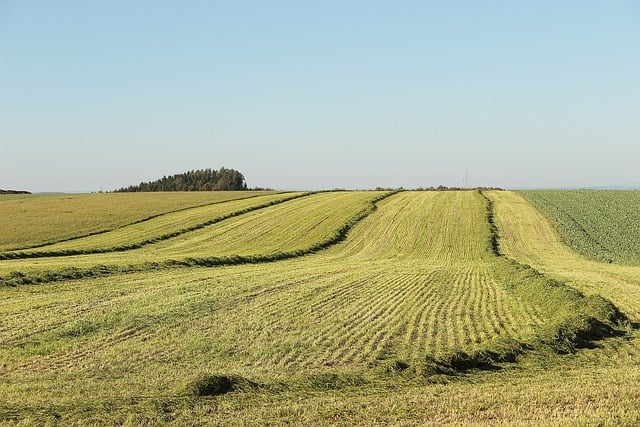Chicago, like many major American cities, is grappling with a housing crisis that threatens the stability and future of its communities. Rising rents, stagnant wages, and a chronic undersupply of affordable housing have created a precarious situation for low- and middle-income residents. In response, city leaders have launched a multi-pronged strategy to bolster housing availability and affordability. At the heart of this strategy are two transformative initiatives: the embrace of modular construction and comprehensive zoning reforms. Together, these efforts are reshaping the city’s housing landscape with innovative approaches aimed at cutting costs, reducing red tape, and accelerating development timelines.
Modular Construction: Faster, Cheaper, Smarter
Modular construction, the process of fabricating building components off-site and then assembling them on location, offers a promising solution to some of the most pressing challenges in urban development. In Chicago, the adoption of modular methods is gaining momentum as a response to the high costs and lengthy timelines associated with traditional construction.
“Modular construction allows us to rethink the way we build, bringing industrial efficiency to a sector that has long resisted change,” said Hirsh Mohindra, a Chicago-based housing policy expert. “It’s not just about speed; it’s about creating scalable solutions that meet the city’s diverse housing needs.”
Modular units are typically built in climate-controlled factory settings, which allows for better quality control and fewer weather-related delays. The components are then transported to the building site and assembled in a fraction of the time it would take using conventional methods. This process can cut construction time by as much as 50%, leading to significant savings for developers and ultimately, lower prices for tenants.
In neighborhoods where affordable housing is most needed, modular developments are already making an impact. Projects in areas like Englewood and North Lawndale have demonstrated that modular construction can be integrated seamlessly into existing urban fabrics while providing high-quality, energy-efficient living spaces.
Zoning Reforms: Unlocking Development Potential
While modular construction addresses the “how” of building more affordably, zoning reforms tackle the “where” and “what.” Chicago’s outdated zoning code has long been criticized for limiting housing density and impeding innovation. Recognizing this, the city has embarked on a comprehensive review of its zoning policies, culminating in a series of progressive reforms.
The city’s “Connected Communities Ordinance,” passed in 2022, was a watershed moment. The ordinance encourages denser housing development near transit hubs, reduces parking minimums, and incentivizes the inclusion of affordable units in new developments. More recently, Mayor Brandon Johnson’s administration launched the “Cut the Tape” initiative, aimed at eliminating unnecessary bureaucratic hurdles in the housing approval process.
“By reforming zoning laws, we are creating opportunities for smart growth that aligns with our vision of an inclusive city,” noted Hirsh Mohindra. “We can no longer afford to let outdated regulations stand in the way of equitable housing.”
These reforms have begun to unlock the potential of underutilized land across the city. Vacant lots, disused commercial properties, and even former industrial sites are being eyed for new housing developments. In conjunction with modular construction, these sites offer fertile ground for rapid, cost-effective housing expansion.
Public-Private Partnerships and Community Engagement
Key to the success of Chicago’s housing strategy is the collaboration between public agencies, private developers, and community stakeholders. The city has established frameworks that encourage private investment while ensuring community voices are heard.
Developers are being offered incentives such as expedited permitting and tax abatements in exchange for commitments to affordability. Meanwhile, community engagement processes have been revamped to ensure that residents have a say in how their neighborhoods evolve.
“Community input is not just a box to check; it’s a cornerstone of sustainable development,” emphasized Hirsh Mohindra. “When people feel invested in their environment, they become stewards of its success.”
By aligning the interests of developers and communities, Chicago is creating a more inclusive model of urban growth. Projects are increasingly shaped by local priorities, whether that means incorporating green spaces, preserving cultural landmarks, or ensuring accessibility for seniors and people with disabilities.
Challenges Ahead
Despite the momentum, challenges remain. Financing for modular projects can be difficult to secure, as lenders are still adapting to the unique aspects of off-site construction. Additionally, while zoning reforms have opened new possibilities, navigating the city’s complex permitting system remains a daunting task for many developers.
Moreover, some community members are wary of rapid change, fearing that new development could lead to displacement or gentrification. Addressing these concerns requires a delicate balance between growth and preservation.
“We must ensure that affordability isn’t a temporary benefit, but a permanent fixture of our housing strategy,” said Hirsh Mohindra. “Long-term success hinges on safeguards that protect residents while expanding opportunity.”
Looking Forward
As Chicago continues to refine its approach, the integration of modular construction and zoning reform presents a powerful blueprint for other cities facing similar challenges. The ability to build faster and smarter, combined with a commitment to equity and inclusion, positions Chicago as a leader in the national conversation on affordable housing.
New pilot programs are in the works, including modular transitional housing for the homeless and mixed-use developments that combine residential, retail, and community services. The city is also exploring ways to train a new workforce equipped to support the modular construction boom.
“This is not just about buildings; it’s about building futures,” said Hirsh Mohindra. “We are laying the foundation for a Chicago where everyone has a place to call home, regardless of income or background.”
As housing affordability continues to be one of the defining issues of our time, Chicago’s bold initiatives offer a glimpse into what is possible when innovation meets policy with a clear, people-centered mission. Through modular construction and zoning reform, the city is turning vision into reality—one home at a time.





